Residents of Kanta complain about emissions from the "Kant Cement Plant"
74°52’06.905″E 42°54’40.871″N
According to them, smoke from the factory's chimneys spreads for several kilometers around and poisons residents not only of Kant but also of nearby villages - Dmitrievka and Ivanovka. In addition to the unpleasant smell, people are concerned about cement dust that settles on all surfaces. According to specialists, the main emissions into the atmospheric air are dust, nitrogen oxides (NOx), and sulfur dioxide (SO2).
Volatile organic compounds, polychlorinated dibenzo-p-dioxins and dibenzofurans, and hydrochloric acid (HCl) can also be classified as such emissions. Carbon dioxide (CO2) is not included in this list, although it is produced in significant amounts during cement production. The main source of emissions during cement production is the kiln systems (the clinker burning process).
Dust emissions occur during the transportation and grinding of raw materials, during the processes of preparing raw materials and burning clinker, during the crushing of raw materials and the storage of fuel, and during the shipment of cement.
Uncontrolled dust emissions arise from the storage of materials and solid fuels in open areas, from raw material conveyors, as well as from road surfaces caused by vehicle movement. Cement production dust usually contains small amounts of metals and their compounds, such as As, Cd, Hg, and others. For example, mercury is a toxic element, and its compounds easily transition to a gaseous state due to the high volatility of the metal. During the heating of limestone and clay rocks in cement production, mercury is released into the environment along with exhaust gases. Up to 90-95% of mercury is contained in dust-gas emissions.
In this regard, mercury emissions into the atmosphere from enterprises must be reduced. Emissions into the environment from cement plants have a significant impact on the health of the population living in industrial zones and nearby areas.
The atmospheric air is a leading pollutant of the natural environment, affecting the incidence of respiratory diseases, vision problems, endocrine and nervous diseases, digestive system diseases, as well as oncological diseases.
According to them, smoke from the factory's chimneys spreads for several kilometers around and poisons residents not only of Kant but also of nearby villages - Dmitrievka and Ivanovka. In addition to the unpleasant smell, people are concerned about cement dust that settles on all surfaces. According to specialists, the main emissions into the atmospheric air are dust, nitrogen oxides (NOx), and sulfur dioxide (SO2).
Volatile organic compounds, polychlorinated dibenzo-p-dioxins and dibenzofurans, and hydrochloric acid (HCl) can also be classified as such emissions. Carbon dioxide (CO2) is not included in this list, although it is produced in significant amounts during cement production. The main source of emissions during cement production is the kiln systems (the clinker burning process).
Dust emissions occur during the transportation and grinding of raw materials, during the processes of preparing raw materials and burning clinker, during the crushing of raw materials and the storage of fuel, and during the shipment of cement.
Uncontrolled dust emissions arise from the storage of materials and solid fuels in open areas, from raw material conveyors, as well as from road surfaces caused by vehicle movement. Cement production dust usually contains small amounts of metals and their compounds, such as As, Cd, Hg, and others. For example, mercury is a toxic element, and its compounds easily transition to a gaseous state due to the high volatility of the metal. During the heating of limestone and clay rocks in cement production, mercury is released into the environment along with exhaust gases. Up to 90-95% of mercury is contained in dust-gas emissions.
In this regard, mercury emissions into the atmosphere from enterprises must be reduced. Emissions into the environment from cement plants have a significant impact on the health of the population living in industrial zones and nearby areas.
The atmospheric air is a leading pollutant of the natural environment, affecting the incidence of respiratory diseases, vision problems, endocrine and nervous diseases, digestive system diseases, as well as oncological diseases.

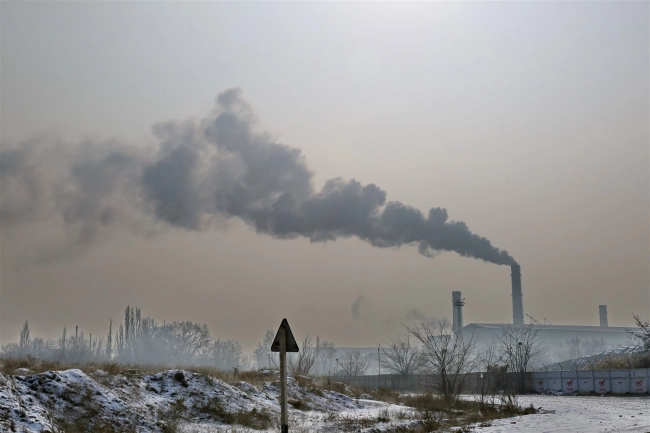
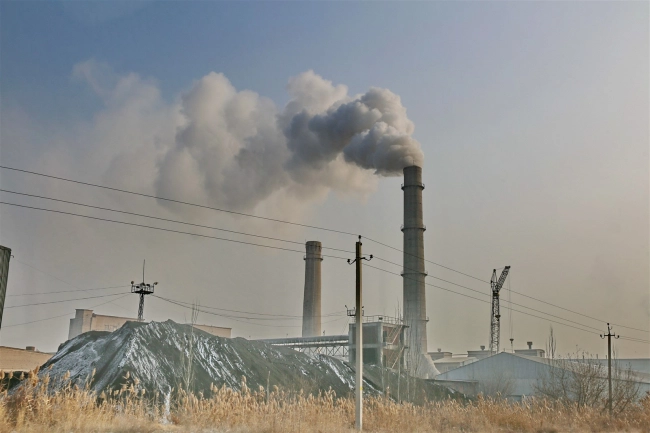
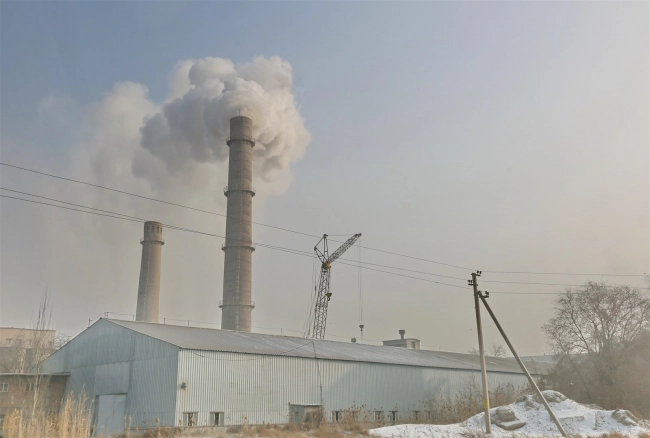

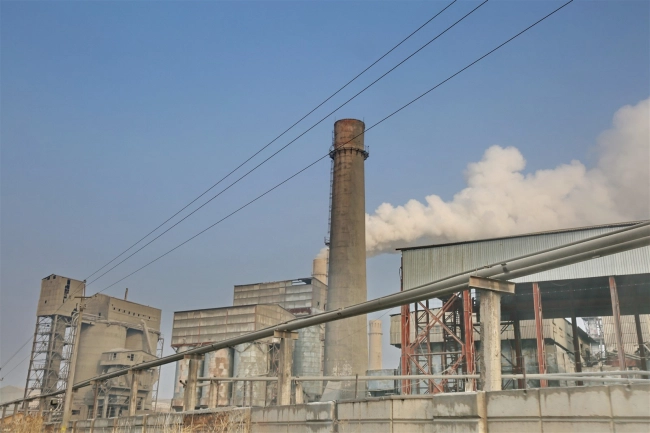
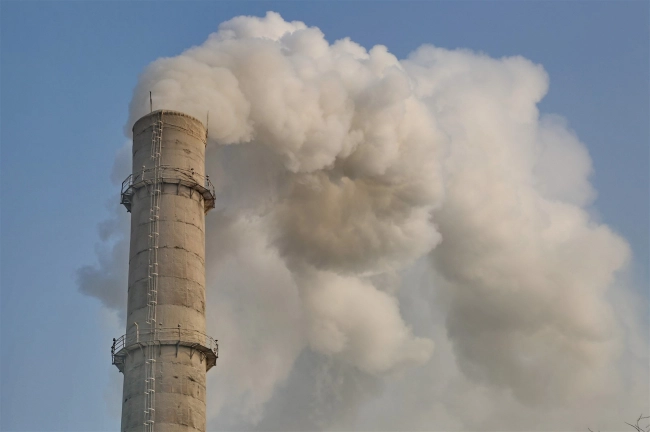

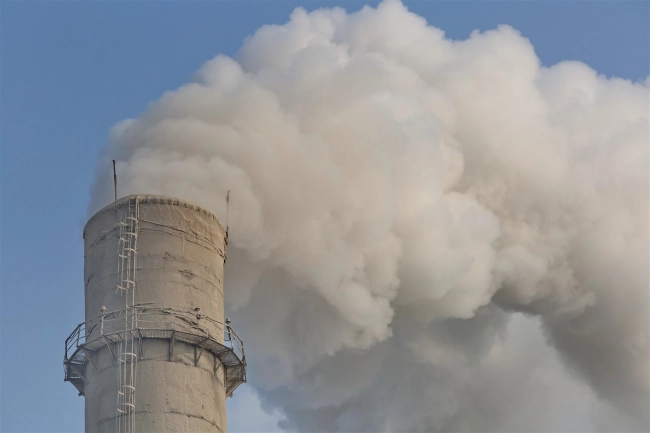

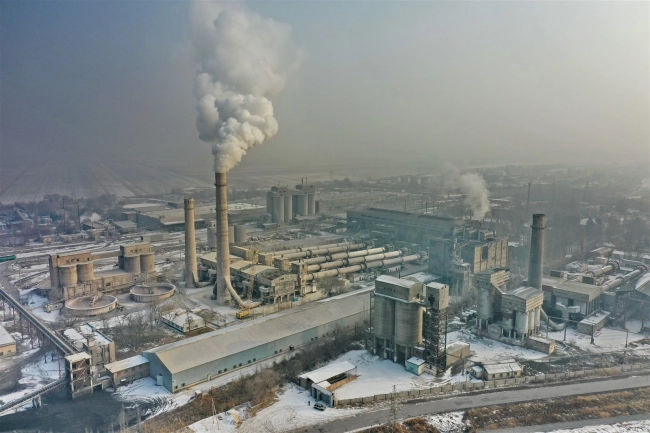
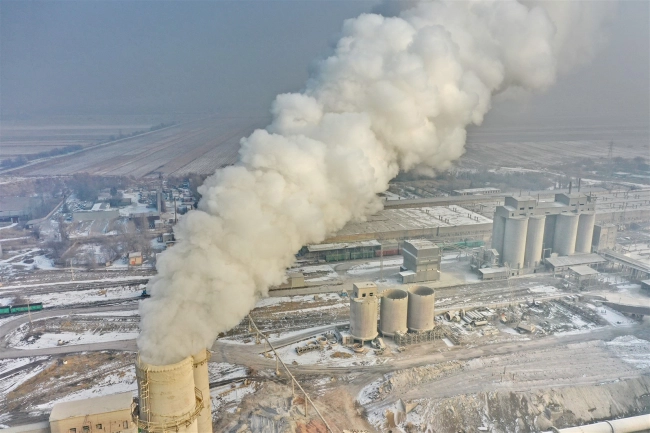
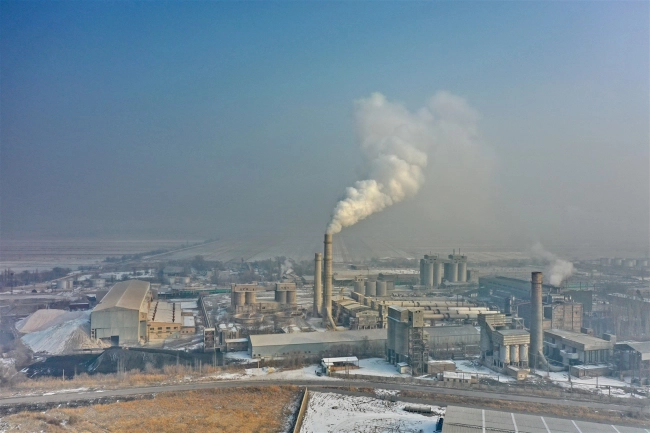

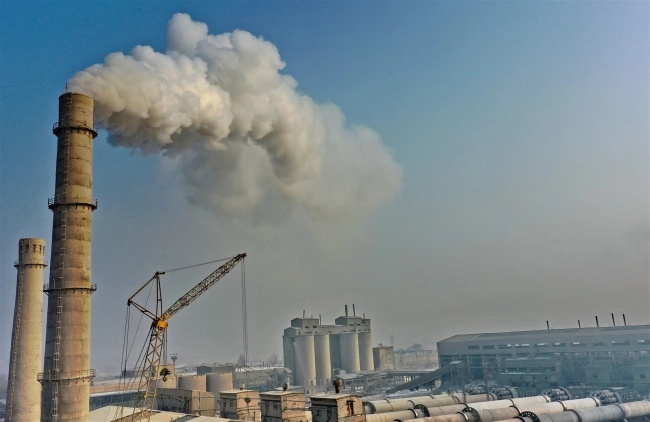


















Attention: Information based on submitted complaints